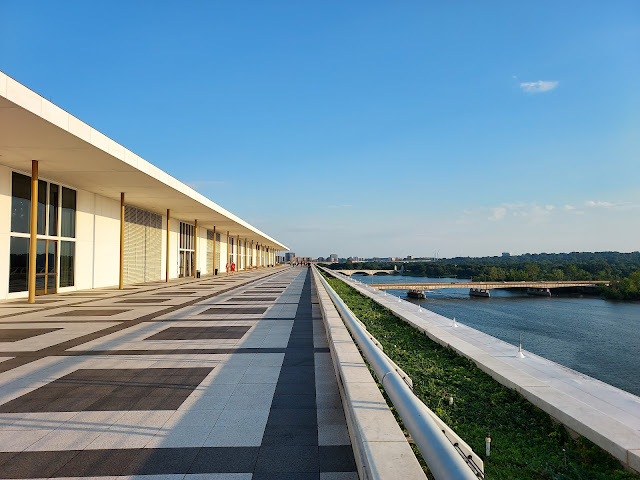Yesterday, Today, and Tomorrow
I shot a fair amount of Kodachrome in the 1970's, but I also shot a lot of Ektachrome and other E-6 process transparency films. By far, the Kodachrome has much better color retention. Some of the E-6 process films have faded, others have huge color shifts over the years.
My film time, from the early 1970s into the early 2000s was really an ideal time. There were a lot of options available, and film speeds were rapidly increasing. Yes, I have shot 25 ASA black and white film stock. It is a real challenge to expose well.
The flip side of it today, is if you master digital editing software (I have not done so) you can change the color profile of most images. Back into the film days, you largely had what you had. Some color correction could be done in printing, but not nearly the changes that are possible in digital images. Very few people did manual color printing, professional labs could color correct, but the process was labor intensive and expensive. Today, you can make those corrections on any computer, and many phones.
Something we are unsure of is the archival quality of digital. In theory digital images should have an infinite life, but we thought that about Ektachrome and believe me, it didn't work out that way.


My father was a photographer. Back then there was a camera store he would sometimes take me. It wasn't something I was especially interested in but I remember seeing him pow-wowing with his fellow photographers on film and cameras and settings and such. They were quite glad of their hobby.
ReplyDeleteDetroit had a few legendary camera shops, two on Woodward Avenue, one was massive and filled with the latest gear from around the world, and one tiny little brick building that was packed to the ceiling with the best of the best in older Cameras, I shopped at both. A flashback to fond memories.
Delete